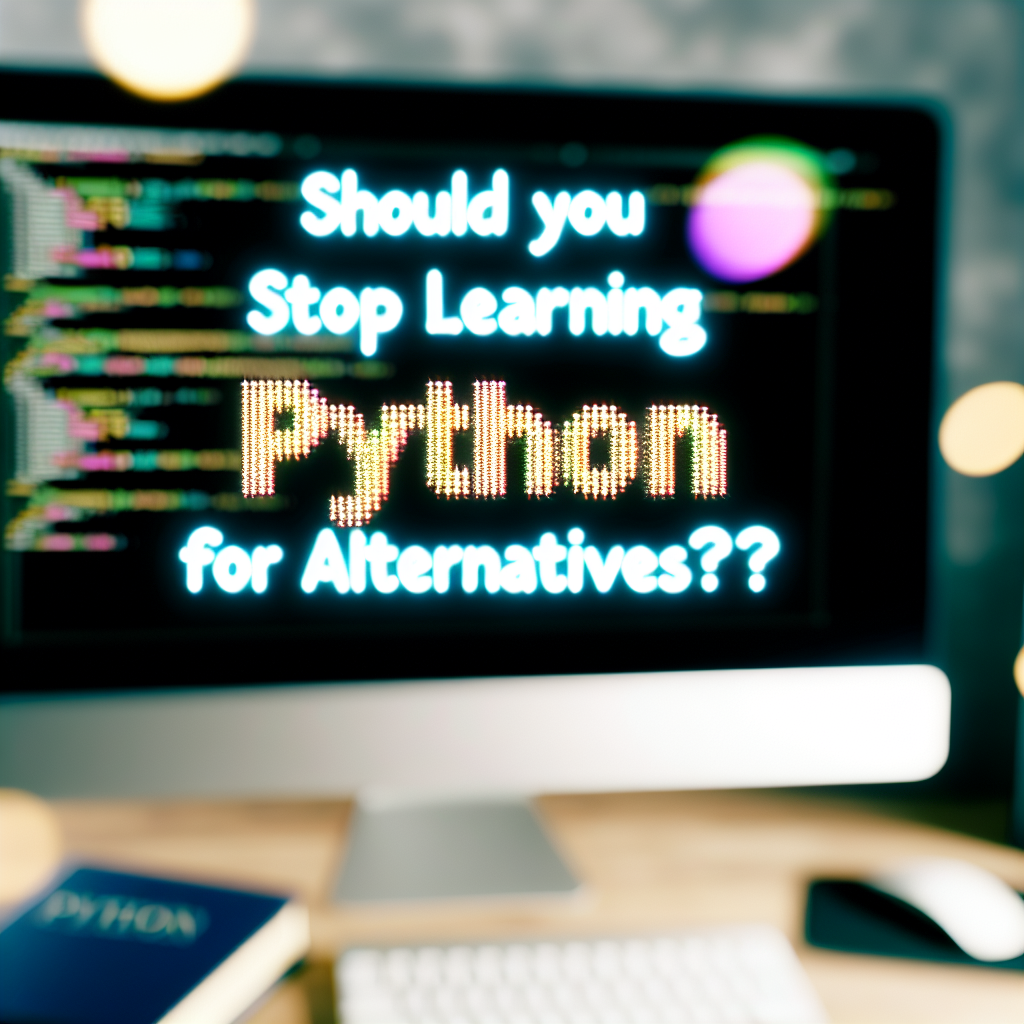In recent years, Python has been hailed as one of the most versatile programming languages, with countless developers eager to master it. However, there is a growing conversation about whether aspiring programmers should continue *learning Python* at all costs. This article explores some surprising reasons why you might consider stopping your Python journey and what alternatives exist.
The Limitations of Python in the Modern Tech Landscape
While Python’s syntax is often praised for its simplicity, this very feature can lead to significant performance drawbacks, especially in applications demanding high execution speed or low latency. For example, Python’s Global Interpreter Lock (GIL) restricts true multithreading, making it less suited for CPU-bound tasks. Developers working on real-time systems, gaming engines, or high-frequency trading platforms may find Python’s limitations frustrating and ultimately impractical.
Moreover, Python’s dynamic typing, although beneficial for rapid prototyping, can lead to subtle bugs that are difficult to trace, especially in complex codebases. Larger projects might suffer from decreased maintainability, making languages like C++, Rust, or Go more suitable for scalable, high-performance applications. Hence, reconsidering the exclusivity of Python in certain domains becomes a prudent choice.
Emerging Alternatives and Shifting Trends
As the tech industry evolves, so do the preferred programming tools. Languages such as **Rust**, **Kotlin**, and **TypeScript** are gaining popularity due to their focus on performance, safety, and developer productivity. For instance, Rust offers memory safety guarantees without a garbage collector, making it ideal for systems programming. Kotlin, on the other hand, integrates seamlessly with Android development, overshadowing Python in mobile app domains.
Furthermore, the rise of specialized languages tailored for specific tasks renders a universal language like Python less indispensable. For example, Julia is becoming a preferred choice for scientific computing, while Swift dominates iOS app development. Embracing these emerging languages may provide better long-term career opportunities and more efficient solutions compared to sticking solely with Python.
Conclusion
While Python remains a popular and accessible programming language, its limitations in high-performance and specialized applications suggest that *stopping your Python learning* might sometimes be a strategic move. Exploring alternatives like Rust, Kotlin, or Julia can open doors to more efficient, scalable, and modern development environments. Ultimately, diversifying your programming skills ensures adaptability in a continually changing tech landscape.
